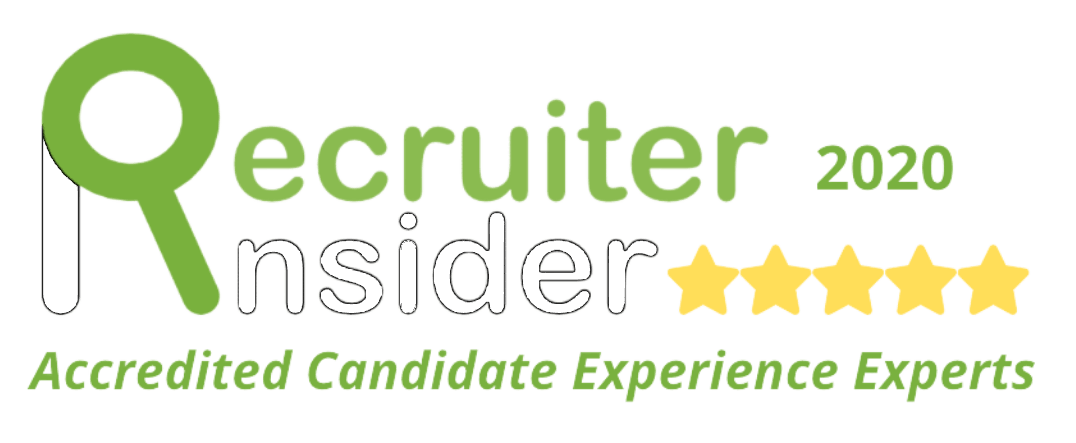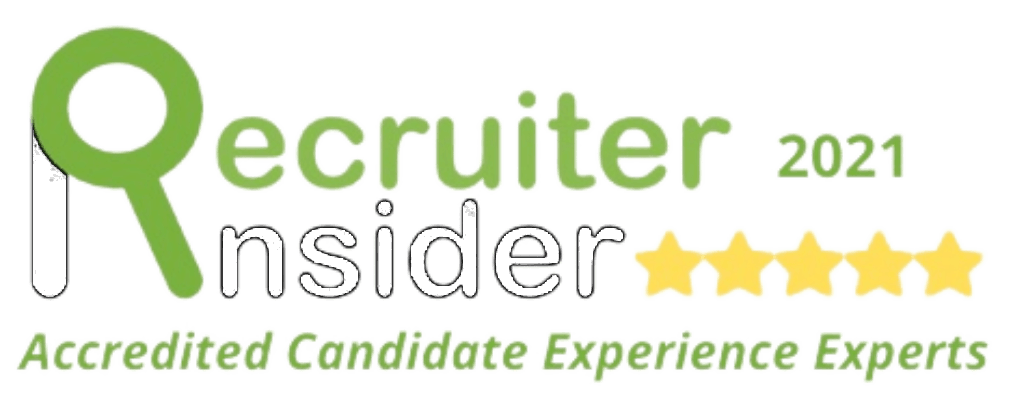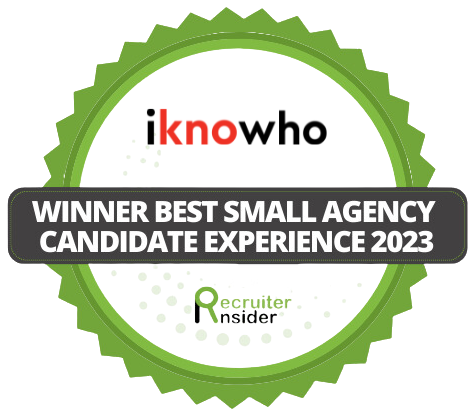The Mobile Takeover
We know more and more people are turning to their smartphone to access the internet, email and social media. All too often we find it’s the first thing we reach for as we wake and the last thing we put down before we sleep - and we’re not just setting and snoozing the alarm! Personally, I regularly check my emails, messages, WhatsApp, and Instagram before my feet even hit the ground to start the day. We are checking-in with our phones before checking-in with the real live people we live with.
This year, SMS marketing has already been in the news thanks to Clive Palmer’s unsolicited messages sent to over 5 million Aussie numbers. Although the typical SMS open rate stands at 94%, which is far higher than the 32% email open rate, the communication channel isn’t as popular to marketers due to the intrusive nature. We tend not to be worried if our GP, hairdresser or postal service contact us via SMS with a notification, but we don’t want advertising through our messages.
As Digital Marketers it is important to understand how our audiences are receiving our messages throughout the day, and on what devices. Whether it is the pyjama-check-in, the daily commuter-browse, the boss-isn’t-watching-desktop-shop or the waiting-for-my-tinder-date-to-arrive- scroll (we’ve all been there!), the devices in which our target audience encounters our brands on may change their experience of us.
The changes in the experience are not just aesthetic, but functional too. So, not only do we need to ensure our websites, eDM’s and online advertising are responsive across all devices, but we should also consider the competition we are facing in the physical world. By this, I mean the way in which we attempt to retain attention when our receiver may easily find distractions as they’re simultaneously walking through the city, sat in a busy bar or relaxing on a beach whilst viewing our content.
Late last year I was lucky enough to sit down with a Data Analyst from job searching website SEEK to learn more about the way candidates are engaging with the website and app. I gained insight into the way candidates are using multiple devices for their job search - Firstly, 68% of Seek candidates are accessing job ads on their mobile devices, which is a huge leap from 2% at the beginning of this decade! Then, using data on iknowho’s ads specifically, it also became apparent that many of our applicants start by ‘researching’ jobs on their mobile device but tend to complete applications on a desktop. I guess this makes sense, as this is probably where they save their resume to, but it’s really important for our consultants to consider how their ads look on mobile to increase these application conversions.
It’s really important we’re checking and double-checking our eDM and social posts look great across all formats. This is especially important when targeting candidates who may be unenthusiastically waiting for the bus to work on a Monday morning! We want their impression of our brands at this time to be the best it can be to brighten up their day and encourage interaction. The best piece of advice I received in connection with this was to think about how much space my text takes up on each screen, and to break it up into digestible sizes, especially for mobile. There’s also the trend for vertical viewing which needs to be taken into account when selecting images or utilising video content.
Even with the knowledge that increased screen time is having negative effects on us - more on that here - we’re arguably becoming a nation glued to our phones. That said, consumers are pushing back and trying to turn off their phones as an attempt to reconnect with ‘real-life’. This concept has been used in some amusing marketing campaigns and social movements such as #devicefreedinner. There’s even books (think pre-kindle) out there to help you take time out from your phone, and options to schedule downtime on Apple’s Screen Time or Android’s Digital Wellbeing functions. Just remember, balance is often the key.










